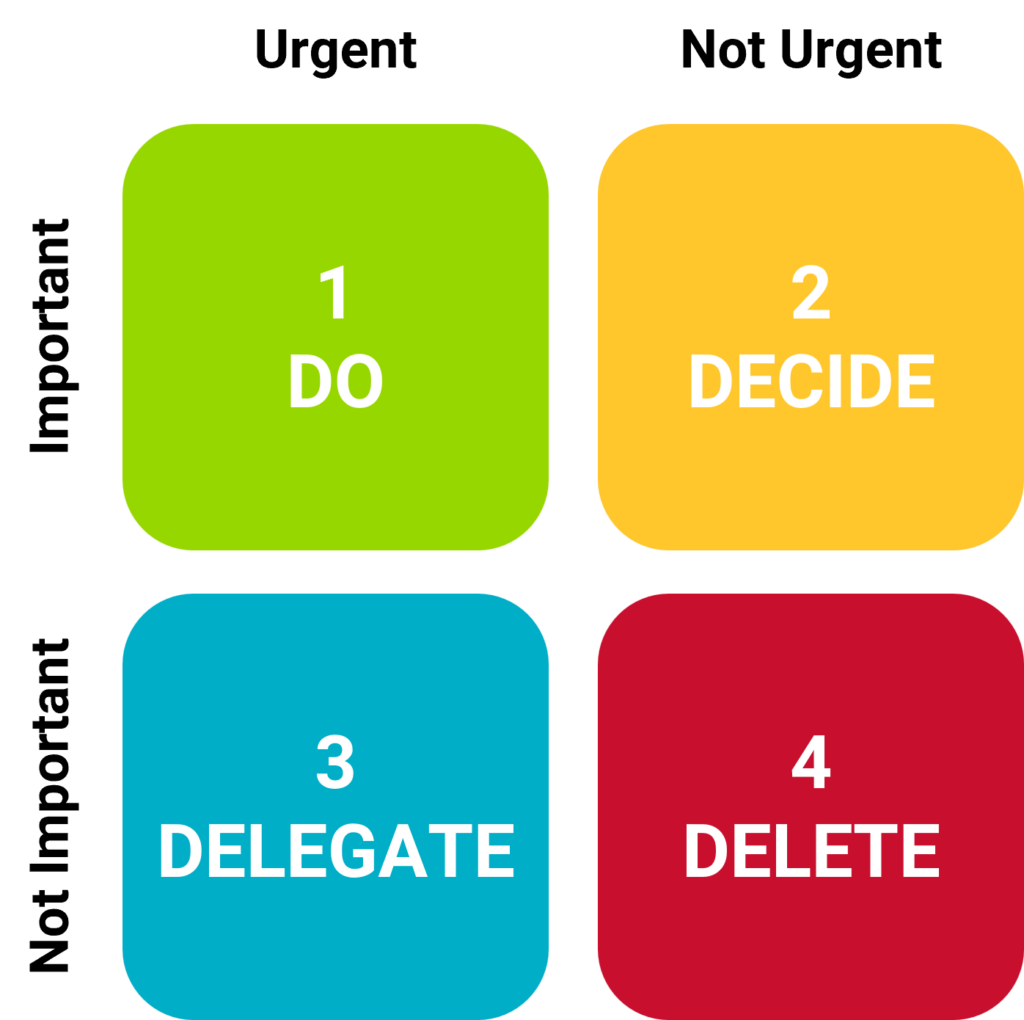One of the key components of the stress quotient/neuroticism factor in the Big Five personality model is anxiety. Some level of anxiety can be a beneficial. However, constantly operating in an anxious state can be draining and counterproductive, both for individuals and teams. As a leader, it’s important to recognize signs of high anxiety in yourself and others and develop strategies to constructively manage it.
Signs and symptoms of high anxiety
What does high anxiety look like? According to the Big Five, individuals scoring high on the anxiety subfactor tend to feel tense, jittery, and exhibit a “fight or flight” response, even in situations that may not warrant it. They often perceive benign circumstances as potentially dangerous and spend mental energy catastrophizing about all the things that could go wrong. This heightened state of alertness and worry can manifest outwardly through nervous behaviors or be an inward preoccupation.
For leaders, a team member operating with high anxiety presents some challenges. Their anxious mindset may cause them to only focus on potential negative outcomes, missing opportunities or positive aspects. Simply telling an anxious person “Don’t worry, it will be fine” rarely alleviates their concerns.
Instead, try these strategies:
Pursue Self-Awareness
As a leader, you set the tone for your team. Before diving into supporting your team and any anxiety they may have, it’s important to self-reflect on the role of anxiety in your own life. For leaders exhibiting high anxiety themselves, some of the tools below can be self-applied. Practice open communication with your team about what strategies work for you. Acknowledging your anxiety instead of hiding it can foster trust and model vulnerability.
It’s also important to understand the impact your leadership style has on the team. Are you more of a spontaneous, shoot-from-the-hip type of leader who naturally creates uncertainty with your leadership style? Are you a hard driver who holds individuals to a high expectation? This doesn’t mean you have to change your leadership style yet be mindful of your impact on others and how it may be contributing to anxiety.
Prioritization Exercises
If your team member is overwhelmed with tasks, try walking them through a prioritization matrix to help them focus on the most important priorities. The Eisenhower Matrix is a common and powerful prioritization tool that can help anxious individuals rationally evaluate how to focus their time and energy. It separates tasks/issues into four quadrants:
The Eisenhower Time Matrix

- Urgent and Important: Prioritize doing these items first
- Not Urgent but Important: Postpone for now and decide when to act
- Urgent but Not Important: Delegate to a team member with immediate bandwidth
- Not Urgent and Not Important: Leave this is a parking lot
For an anxious person, it’s easy to perceive everything as urgent and important. Using the matrix objectively forces prioritization of the truly crucial items in quadrant 1, while giving permission to postpone or delegate items in 2 and 3 and eliminate the trivial items in 4. Visually mapping out priorities this way alleviates anxiety about dropping balls.
Encourage Mindfulness
Specific mindfulness exercises like breath focus, body scans, and cognitive diffusion can short-circuit the anxious mind’s tendency to gravitate toward catastrophic thoughts about the future. For example, leaders can start meetings with a 2-minute breathing exercise to ground everyone in the present moment. Mindful walking or doing routine tasks mindfully can also cultivate present awareness. Apps like Calm, Headspace and Insight Timer provide guided mindfulness training.
Reduce Uncertainty with Planning
Anxiety can stem from fear of uncertainty of the future. Planning can significantly help reduce anxiety by providing structure, clarity, and a sense of control over one’s tasks and responsibilities. When you have a plan, you can break down overwhelming tasks into manageable steps, set realistic goals, and prioritize your activities, which can alleviate the feeling of being overwhelmed and anxious. Having solid, well-thought-out plans can provide comfort. But also build in flexibility, as clinging too rigidly to a plan despite changing circumstances can increase anxiety. Here are some specific ways in which planning supports anxiety reduction:
- Increases Predictability: Knowing what to expect and having a clear plan can reduce the uncertainty that often causes anxiety.
- Enhances Time Management: Planning helps allocate specific times for tasks, ensuring that everything gets done without last-minute stress.
- Sets Priorities: By prioritizing tasks, you can focus on what’s most important, reducing the stress of trying to do everything at once.
- Breaks Down Tasks: Large tasks can be overwhelming. Breaking them down into smaller, more manageable steps can make them seem less daunting.
- Provides a Sense of Accomplishment: Checking off completed tasks can provide a sense of achievement and motivate you to keep going.
- Helps Identify Potential Stressors: Planning allows you to foresee potential challenges and address them proactively.
Accept and Leverage
Ultimately, no one is immune to anxiety – it’s an inherent part of the human experience and an important factor when developing employees. But by being attentive to its presence and deliberately practicing ways to keep it in check, leaders can mitigate anxiety’s disruptive effects and leverage it as a motivating force to consistently improve. If you are interested in learning more, check out illumyx Behavior & Personality Insights to get your own assessment on levels of anxiety for you and your team.





